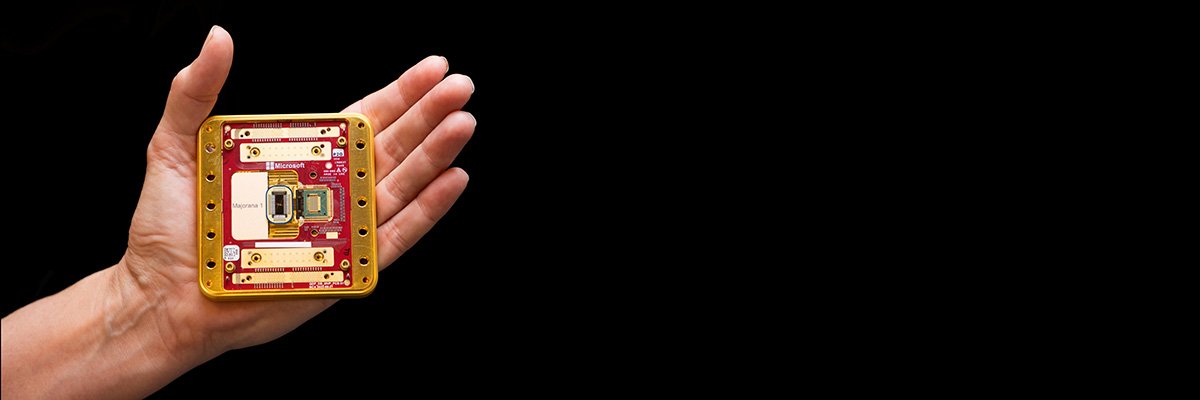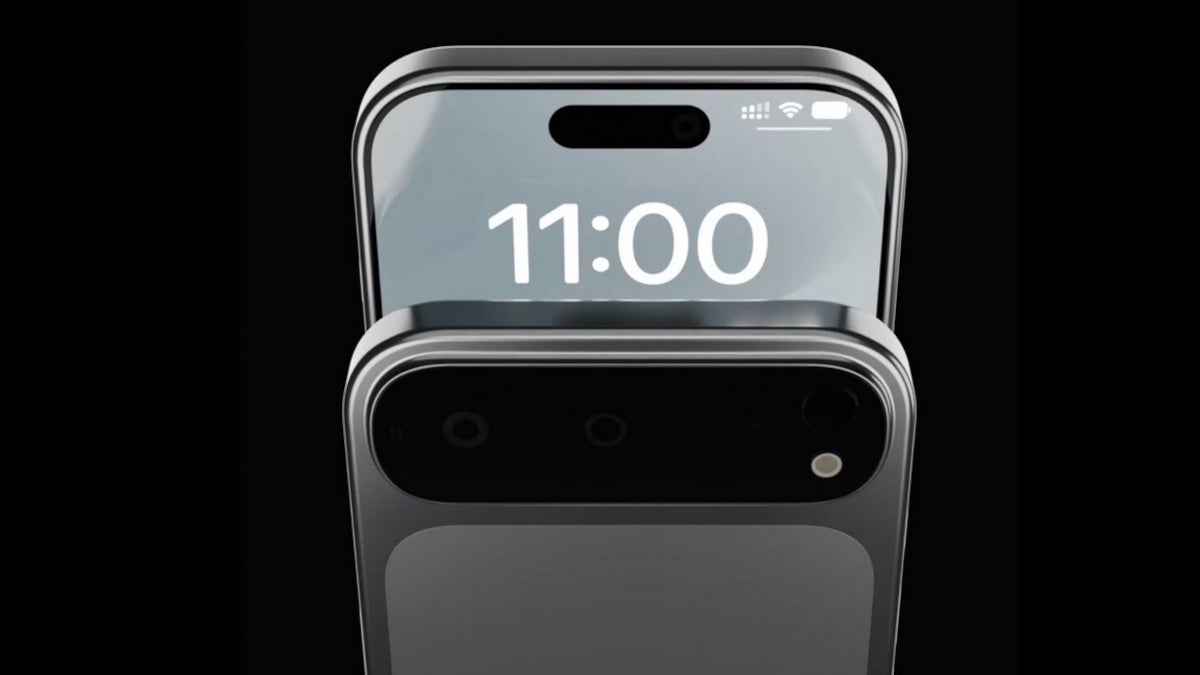Microsoft has published the culmination of 20 years of research into subatomic particles, known as Majorana fermions, which it aims to use to build a million-qubit quantum computer.
The research has involved developing topological qubits, which Microsoft research anticipated would offer more stable qubits, requiring less error correction. A research paper on the property of these particles notes that Majorana fermions have a mathematical quirk which suggests that if fermions and anti-fermions are indistinguishable, they may be able to coexist without annihilating one another.
In a YouTube video discussing the research, Microsoft technical fellow Matthias Troyer said: “Majorana’s theory showed that mathematically it’s possible to have a particle that is its own antiparticle. That means you can take two of these particles and you bring them together, and they could annihilate and there’s nothing left. Or you could take two particles and you bring them together and you have two particles.”
This offers a way to correlate the nothing state when the fermion and anti-fermion annihilate each other as a binary “0”, and when they both exist as a binary “1”.
Microsoft technical fellow Krysta Svore said Microsoft has succeeded in designing a chip called Majorana 1 that is able to measure the presence of the Majorana fermion particles. “Majorana allows us to create a topological qubit,” she said, where the qubit is reliable, small and controllable.
The nature of the Majorana particles means they hide quantum information, making it more robust, but also harder to measure. Microsoft developed a new measurement approach that it claims is so precise that it can detect the difference between one billion and one billion and one electrons in a superconducting wire, which is used to determine the state of the qubit for quantum computation.
According to Svore, the approach Microsoft has taken gets around the noise problem that leads to errors in qubits, which results in error-prone quantum computers.
“Now that we have these topological qubits, we’re able to build an entirely new quantum architecture, the topological core, which can scale to a million topological qubits on a tiny chip,” she said.
Svore said that each atom in this chip is placed purposefully. “It is constructed from the ground up,” she added. “It is entirely a new state of matter. Think of us as building the picture by painting it atom by atom.”
The processors used to power computers traditionally use electrons. “We don’t use electrons for compute,” said Svore. “We use Majoranas.”
Majorana 1 is Microsoft’s new quantum chip that combines both qubits as well as surrounding control electronics. Along with the control logic, the Microsoft approach to quantum computing requires a dilution refrigerator that keeps qubits at temperatures much colder than outer space. Microsoft has also developed a software stack, which is needed to enable applications to take advantage of Microsoft’s quantum computing.
The Majorana 1 device can be held in the palm of a hand, and fits neatly into a quantum computer that can be easily deployed inside Azure datacentres. “The way the system that we are constructing works is you have the quantum accelerator,” said Microsoft vice-president Zulfi Alam. “You have a classical machine that works with it and controls it. And then you have the application that essentially goes between classical and quantum depending on which problem it’s trying to solve.”
Once the computations are completed, the results are re-synthesised on the classical computational machine, where it’s surfaced as an answer to the problem.
The researchers at Microsoft are confident the approach they have taken with Majorana 1 will be able to scale, which is something that has so-far hindered the progress of quantum computing, due to the error-prone nature of scaling logical qubits. Microsoft’s topological qubit architecture uses aluminum nanowires joined together in an “H” shape. Each H has four controllable Majoranas that are combined onto one qubit. The Hs can also be connected across the chip.
“It’s complex in that we had to show a new state of matter to get there, but after that, it’s fairly simple,” said Svore. “It tiles out. You have this much simpler architecture that promises a much faster path to scale.”









